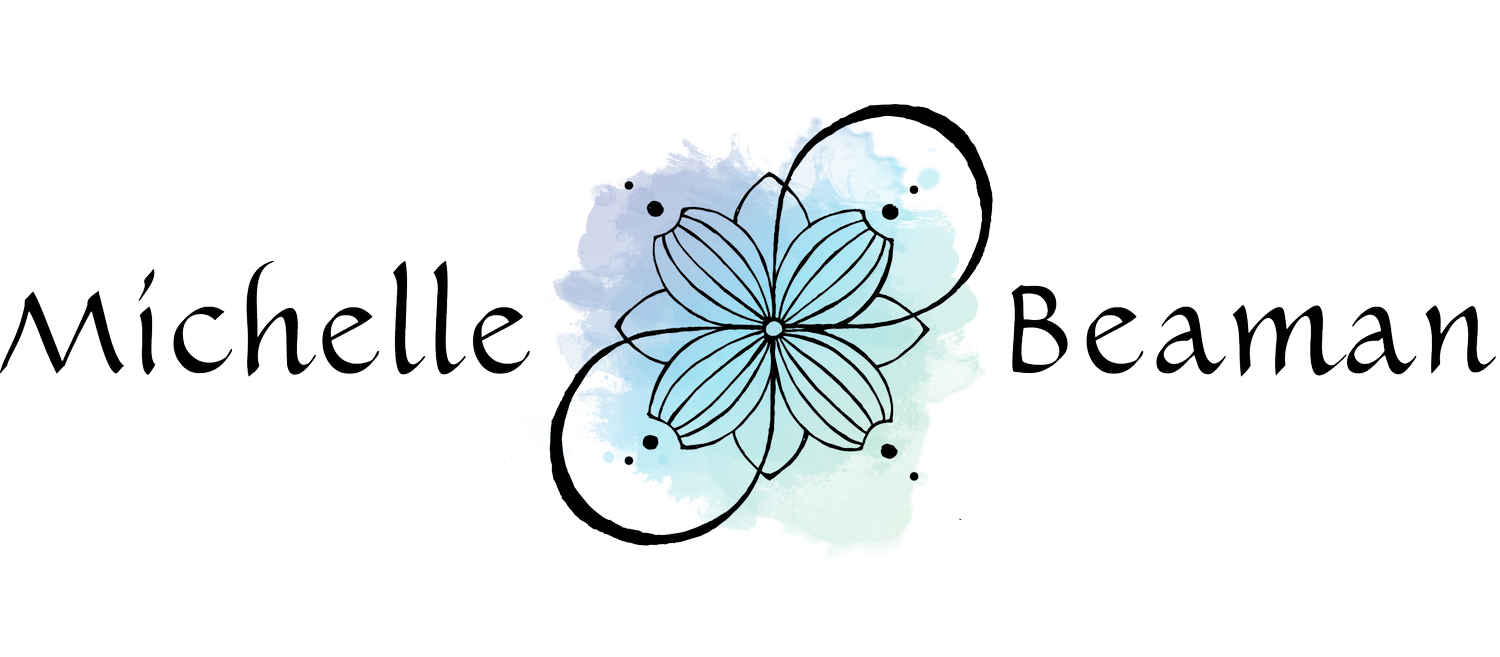what is structural Integration- Rolfing ®?
Structural Integration is a type of bodywork that focuses on improving the alignment and balance of the body by working with the connective tissues, particularly the fascia. It was developed by Dr. Ida Rolf and is based on the idea that the body's structure affects its function. When the body is misaligned, it can lead to pain, discomfort, and reduced mobility.
A practitioner utilizes hands-on techniques to lengthen, stretch, and reposition the fascia. The goal is to bring the body into better alignment with gravity, which can improve posture, ease movement, and enhance overall well-being.
Structural Integration is often associated with "Rolfing ®", which typically involves ten sessions, each focusing on different aspects of the body's structure. The work is intended to release tension, correct patterns of strain, and encourage a more balanced and efficient use of the body.
Rolfing ® Structural Integration is suitable for individuals from all walks of life and varying physical abilities. Whether you're dealing with aches, pains, or poor posture, or you're an athlete, a mother, a civil servant, a laborer, someone navigating stress or life transitions, a tech professional, a musician, or a dancer—Rolfing ® can be beneficial. Essentially, it's for anyone looking to improve body awareness and physical performance, restore optimal posture and balance, boost energy levels, improve flexibility, and enhance overall comfort and well-being.
Who can benefit from Rolfing ® Structural Integration?
New clients should complete an intake form before their first session.
Take a bath with Epsom salt and baking soda prior to your session.
Drink water before your appointment.
Wear comfortable running shorts or briefs—avoid swim trunks, cargo shorts, or yoga-style shorts.
If you have breast tissue, opt for a loose tank top or a bra without underwire.
Avoid applying lotion beforehand.
Refrain from drinking alcoholic beverages.
Do not take pain relievers or muscle relaxants before the session.
preparing for your session
This is an active form of manual therapy where you'll be encouraged to engage with the sensations you’re experiencing.
We start our 10-session series with a comprehensive review of your intake form.
Before each session, we’ll have a brief discussion about anything you feel is important to share.
A visual assessment of your structure will be conducted.
At times, you’ll be asked to get off the table and walk to help integrate the work.
The sessions will include manual therapy and movement instruction.
I’ll ask you questions about the sensations you're feeling to deepen your experience.
Throughout or after our sessions, I may share additional wellness resources and tools based on what emerges from our work together.
What occurs during a session?
Give yourself plenty of time and space after the first few sessions to determine what you need for reflection and integration.
It is highly recommended to take an Epsom salt and baking soda bath—using 2 cups of each—within 6 hours of your session.
Stay hydrated by drinking water.
Practice mindful functional movement exercises.
Engage in mindfulness practices that help you explore your connection to gravity and your internal line, which links you to both earth and sky, lengthening and strengthening you.
Read Jean Louise Green’s book to prepare yourself before each session: Structural Integration and Energy Medicine: A Handbook of Advanced Bodywork.
How to optimize your series between sessions
We are partners in this process, so communication during our sessions is essential. We'll adjust the pace and approach to ease any discomfort you may feel. Unlike a quiet spa environment, our sessions are an opportunity for you to express yourself vocally at any time.
The perception of pain associated with Rolfing ® often comes from its early days when the practice was still gaining recognition. However, the process has evolved significantly since then. Your experience will vary based on factors like existing injuries or chronic stress in your body. While there may be some discomfort at times, it won't be constant. If you generally enjoy bodywork, you're likely to find much of our work pleasurable. Sensations during sessions can range from a pleasurable release to brief discomfort, particularly in areas of long-term tension.
I believe that healing comes from within, through the growth of interoception and awareness. Sometimes, bringing sensation to a long-neglected area can restore energy, prana, mana, ki, or chi, awakening what has been dormant. However, the interaction between our nervous system and our innate protective mechanisms can sometimes interrupt this embodied receptivity. I consider this receptivity essential for empowering each client throughout the process. Together, we'll work at your pace and comfort level. Optimal results are achieved when sensations remain manageable, allowing you to relax, breathe, and fully receive the work.


